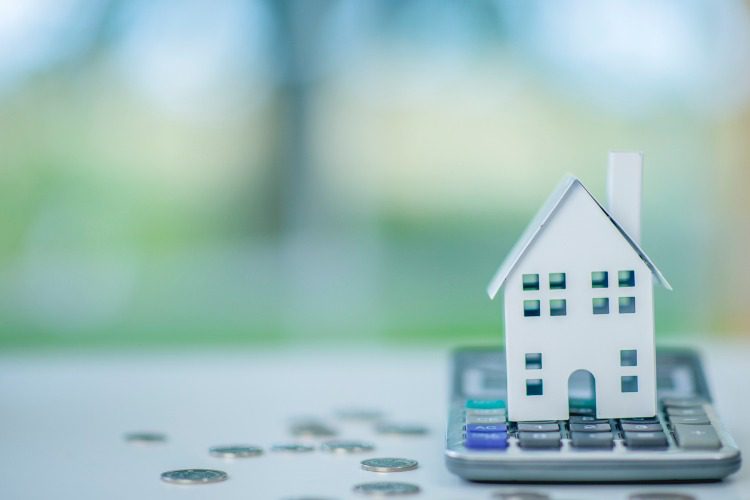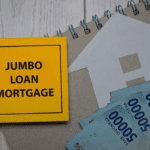How much does it cost to refinance home
The impact of closing costs is a key factor in deciding whether a mortgage refinance is in your best interest. Let’s examine the impact of mortgage refinance closing costs and ways to “minimize the damage” if refinancing is in your future!
What are the typical closing costs that apply to refinancing a mortgage?
Closing costs are the slate of fees paid to various service providers engaged when you buy or refinance a home. The closing costs can vary between: purchase and refinance transactions, the location of the home, and the amount and type of mortgage loan you obtain (conforming loan, FHA loan, VA loan, etc.). For this post we’ll consider just refinance closing costs.
When refinancing a mortgage, several different service providers are involved, and all of them have to get paid. The specific services required, and the associated costs, can vary based on the factors listed above. However, most closing costs are standard to all traditional mortgages. Virtually all mortgage refinancing involves lender fees, appraisal fees, closing attorney or title company fee, title insurance, credit report fee, and other similar service providers.
The government has to get its cut so there will be a fee to record the new mortgage instrument and, in some places, a refinance tax. There may be other costs associated with specific government loan products such as the FHA up-front mortgage insurance or VA funding fee. Other than the recording fee, these aren’t considered closing costs when you get a No Closing Cost mortgage, but they are important to know about and consider.
Prepaid items are another category of funds that need to be addressed at closing, although they are not considered to be closing costs. These are items such as interim interest and funds needed to set up the new escrow account for property taxes and homeowners insurance, assuming that applies. These funds will be roughly recovered after closing. The interest would have gone into the next month’s mortgage payment, which is skipped because the interest is collected at closing. The escrows are collected to transition from one loan to another so the prior lender will refund the escrow balance in their account back to the homeowner.
So what do all these closing costs add up to? The amount can vary quite a bit but it’s common for average closing costs with a traditional 1% loan origination fee to fall within a range of $5000 – $8000. That’s a lot of money to pay to refinance a mortgage and must be considered when deciding if a new loan is worthwhile.


How do closing costs impact the refinancing decision?
In order to determine the impact of closing costs we have to first look at the type of refinance mortgage being considered. There are two basic types of refinance mortgages and each involves a different decision-making process.
Rate And Term Refinance
A rate and term refinance is a refinance mortgage where (other than in a few very specialized exceptions) only the current loan balance is being refinanced. This is usually done to lower the loan interest rate and monthly mortgage payment, move from an adjustable rate mortgage to a fixed rate mortgage, avoid private mortgage insurance, or change the loan term. While any of these can be important goals in managing your mortgage, high closing costs negate some of the benefit.
When refinancing, most people add their closing costs to the new loan balance in order to not bring money to closing. This pushes up the loan amount, and increases the monthly payments compared to what they would be if the closing costs had not been included. If you added $5000 in closing costs at a 5% interest rate, the monthly payment would be over $25 higher. What this means is that closing costs can hit you in two ways: the amount of the closing costs themselves and the impact that adding in those closing costs will have on your monthly payments.
Cash out refinance
A cash out refinance is essentially any mortgage that isn’t a rate and term refinance. In most cases, the homeowner wants to tap into the home’s equity to access funds to improve the home, consolidate credit card debt or other high interest debt, or fund other items such as a child’s college education.
Cash out refinances are different from rate and term refinances in that the driving factor is not to improve upon the existing mortgage (although that could be a meaningful benefit), but is instead meant to obtain a different financial objective. Because of that, the closing cost consideration can take a back seat to what may be a more urgent need. Discounting the impact of closing costs can be a major mistake.
Just like a rate and term refinance, closing costs on cash out refinances are typically rolled into the new mortgage, increasing the monthly payment and incurring interest for the duration of the mortgage term. Because the cash out refinance has the goal of extracting equity from the home, closing costs have another negative impact. They can reduce the amount of funds from the new mortgage that are available for the homeowner’s needs.
Lending guidelines for most cash out mortgages limit the loan amount to 80% of the home’s appraised value. Before providing any funds can be withdrawn or utilized, the new loan amount must pay the existing loan amount plus the closing costs. Only after those items are covered, can the home’s equity be accessed for the desired purpose. As we’ve discussed, the closing costs in a scenario like this could reduce the amount withdrawn by $5000 – $8000.
Ask the right questions, and consider all the variables
Rate and term refinance
When considering a rate and term refinance, the most important question to ask is not “how much does it cost to refinance”. The right question is “how much does it save to refinance”. After all, if you don’t save money, what’s the point? The answer to that question will factor in the new interest rate, the new loan amount, and the new interest monthly payment. There’s one more variable that goes into that equation, and that is the amount of time you’ll be in the new mortgage.
In order for a rate and term refinance to make sense, you need to:
- save enough your monthly payments,
- for however many months the new mortgage will remain in force,
- to recoup closing costs on the refinance,
- and have enough time left to make the residual savings meaningful.
Paying mortgage refinance closing costs
Cash out refinance
In addition to making the same evaluation as for a rate and term refinance, the cash out refinance calculation has to include how much money you will free up when the refinance closes. Forfeiting thousands of dollars in closing fees can materially impact your net proceeds, reducing the value of the refinance and possibly keeping you from achieving your goals.
Closing costs form a formidable a barrier to getting a lower mortgage interest rate
There’s one more thing worth mentioning regarding how closing costs impact your mortgage. High closing costs are a barrier that can prevent you from moving to a lower mortgage interest rate when the rate market improves, and that can indirectly increase the cost of your mortgage over time.
Think of it like this. If you have a mortgage at a 4% interest rate, and interest rates drop to 3.5%, you’re probably not going to refinance due to the high closing costs that come into play. You’re almost forced to stay at the 4% rate, even though it’s higher than when the market rate is lower. If those closing costs didn’t exist, you could refinance any time you could get a meaningful reduction in your rate, “ratcheting down the rate” on your mortgage loan until you couldn’t go any lower.


Why not avoid closing costs entirely?
We are big advocates of a No Closing Cost mortgage because with no closing costs you can meet all these important goals immediately. With a No Closing Cost refinance, the lender pays the closing costs in exchange for a slightly higher mortgage rate. The No Closing Cost interest rate secures a lender credit which is used to pay the closing costs. Therefore, the new mortgage amount is not inflated by rolling in closing costs, the mortgage payment is only based on the payoff loan balance (without costs included), and your savings begin right away. In the case of a cash out refinance, you maximize the amount you can access because closing costs don’t have to be deducted from the proceeds.
At GoNoCost Mortgage, we believe so strongly in the No Closing Cost mortgage refinance that we made it our name. Our team has originated thousands of No Closing Cost mortgages and used the concept of ratcheting down the interest rate to help our clients save thousands of dollars in closing costs and lower monthly payments.
If you’d like to have an experienced GoNoCost Mortgage loan officer review your financial situation and provide loan options designed to meet your needs, we’d love to hear from you.











